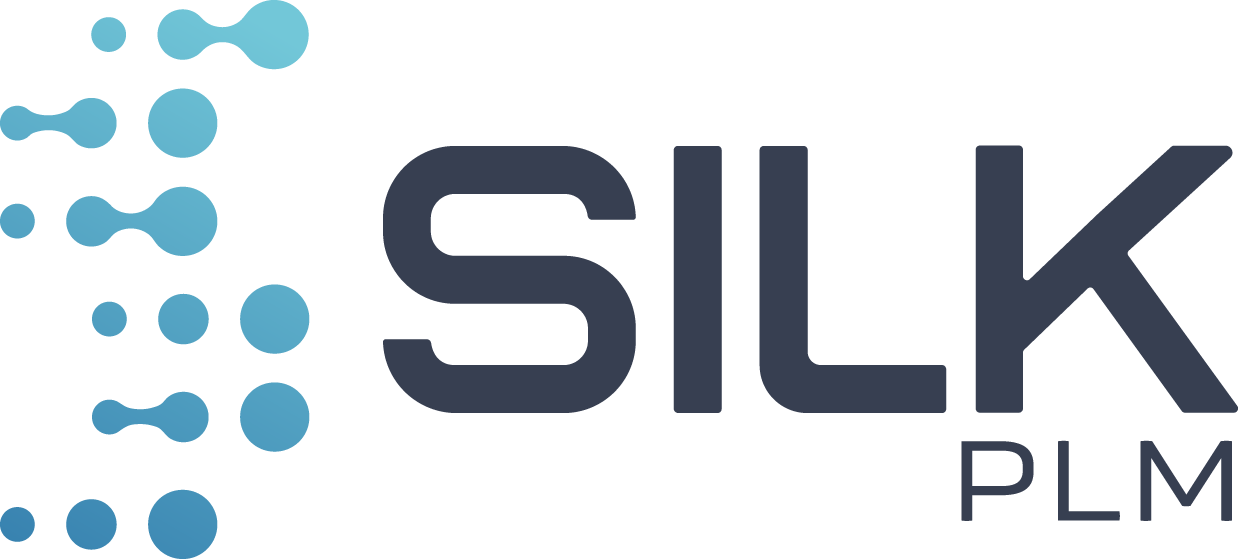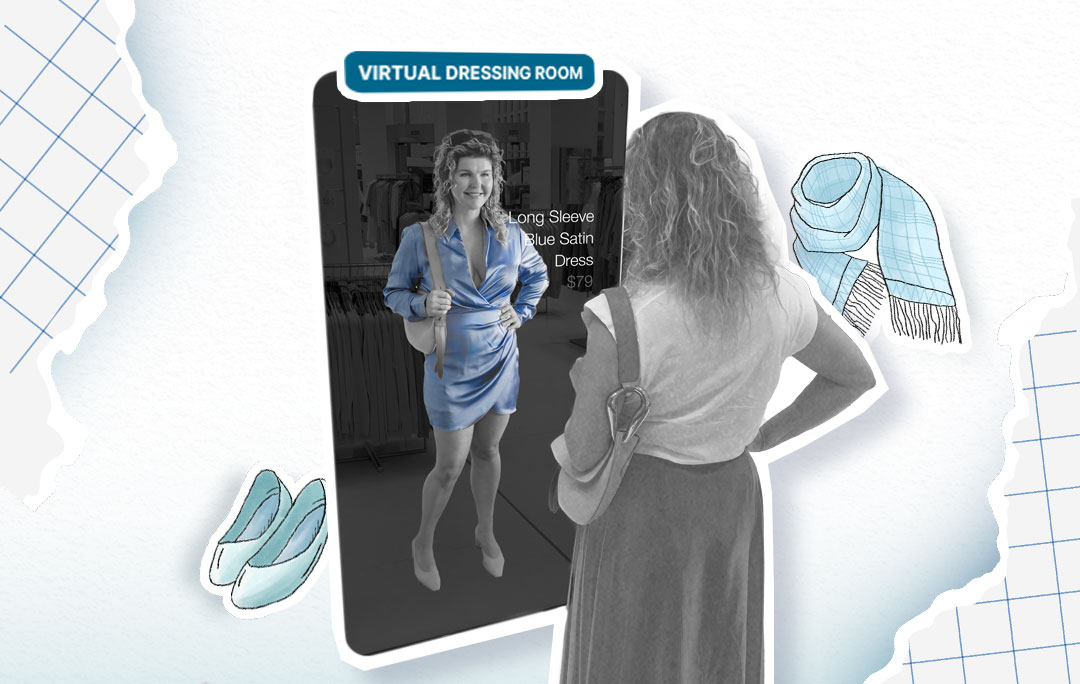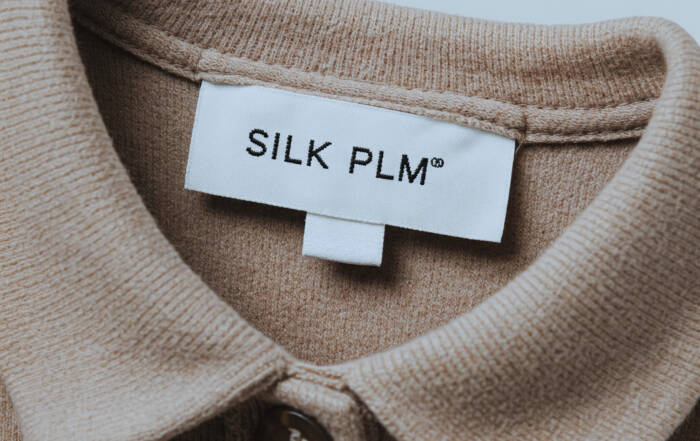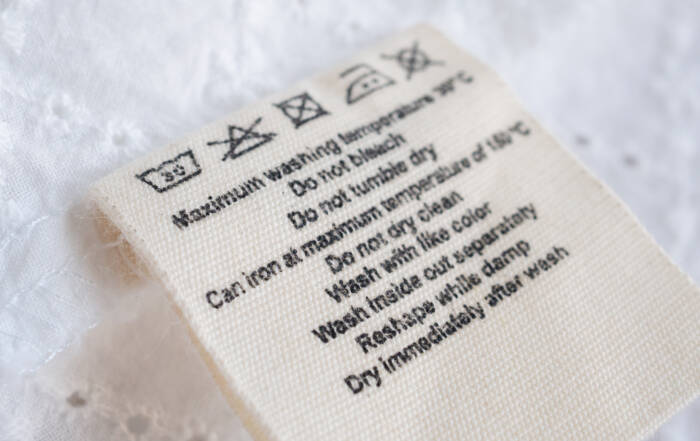In the retail industry, it is essential to stay ahead. Here is a glimpse into some of the technologies that are reshaping the retail experience. What do you think, which solutions will dominate 2024 and next years?
Interactive Display Tables
These devices are gateways to a more engaging shopping experience. By merging physical product displays with digital interactivity, interactive display tables offer a unique way for customers to compare products, customize their choices, and even select accessories.
They’re not just tools for engagement, but also powerful analytics instruments, providing insights into customer preferences and behaviors.
Perfect example is Nike Digital Experience which includes an interactive table that enables customers to compare sport shoes data when placed on the table. That technology helps customers to choose a product that better fits their needs.
Augmented Reality (AR)
A great example is IKEA’s Place app, which uses AR to virtually place furniture in your space. Pinterest’s ‘Try On Home Decor’ is another app that transforms how we envision home aesthetics.
Also in the beauty sector, Pinterest’s AR tool allows users to virtually try on different makeup products. A feature like this is also available in physical stores via specialized kiosks, like for example for trying on various glasses. These technologies are revolutionizing not just online shopping, but also the in-store experience.
Cashless and Service-Free Stores
Imagine being able to walk into a store, grab everything you need and just walk out without having to wait in long checkout lines.
This kind of convenience is possible thanks to stores like Amazon Go. They use advanced AI, cameras and sensor technology to recognize the products you pick up and your actions, while integrated mobile apps make shopping seamless and efficient.
Another great example of such convenience is Nike’s Speed Shop, which allows customers to reserve and purchase shoes without requiring any assistance from staff. All they need to do is use the application to make their reservation, and the shoes will be delivered to the store. Customers can then try them on at their convenience and finally make their purchase.
Additionally, all of these technologies can be integrated into the PLM system, providing new avenues for gaining insights to aid product teams in creating new products or improving existing ones.

You may also be interested in:
Fashion Labels: The Essential Guide for Clothing Brands
Fashion labels play a crucial role in your brand and shape how customers perceive your product. If you're launching a new product line and feel unsure about how to select the right labels, this guide will serve as your go-to resource!
Guide to Care Labels for Fashion Brands: Compliance & Sustainability
Care labels are a vital communication tool for customer satisfaction, legal compliance, and reinforcing your brand values. Whether you're a fashion startup, e-commerce business, or independent designer, understanding care labels is non-negotiable.




